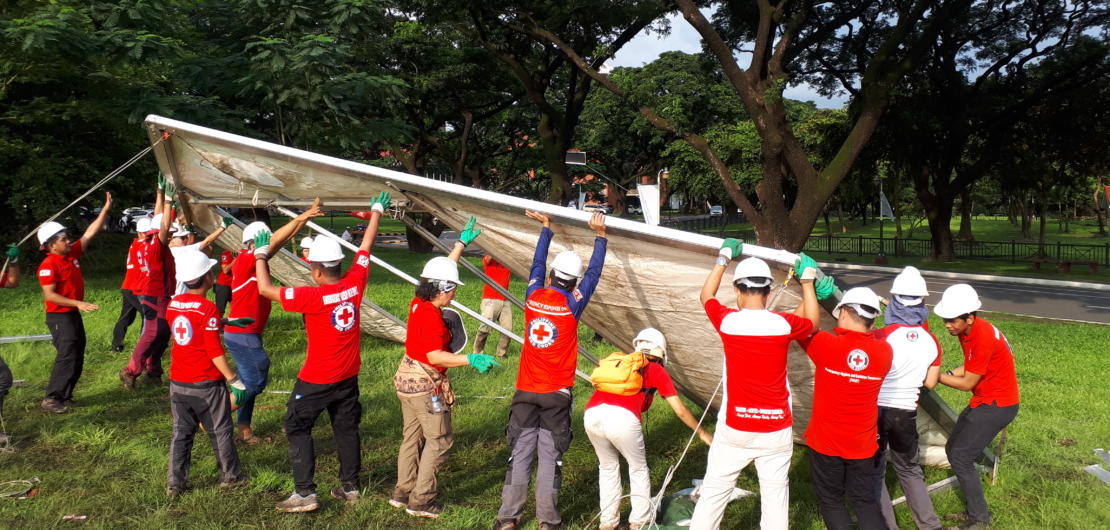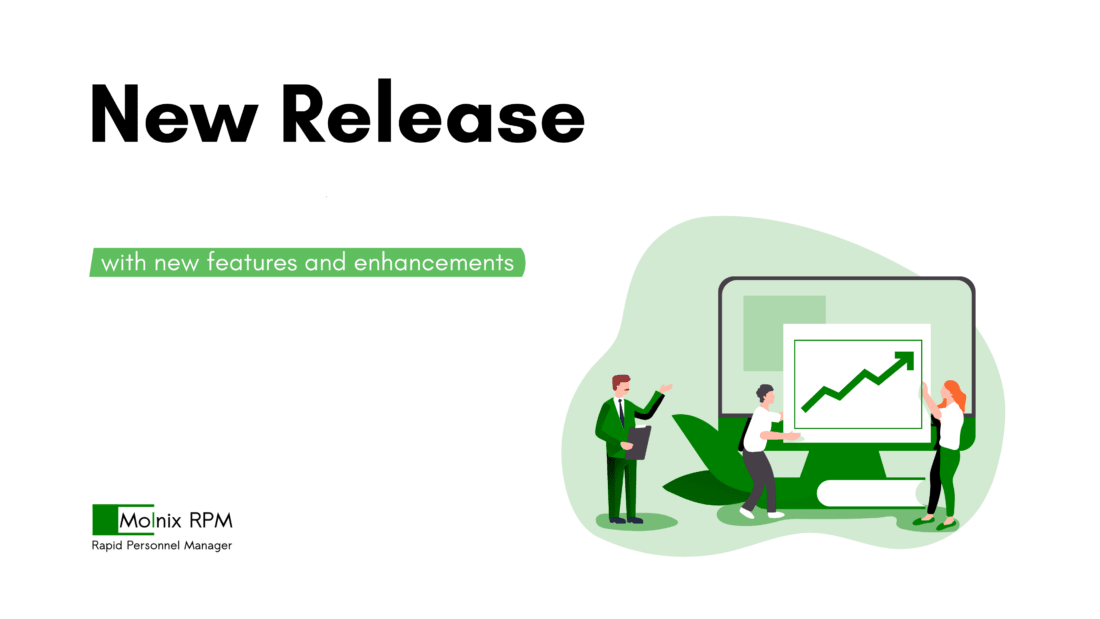 Best Practices
Best Practices
Earthquake preparedness in the Philippine context
Before founding Molnix in 2014, I worked as Disaster Management Delegate at the Finnish Red Cross. As part of those duties, I contributed to the creation of an emergency response mechanism called the 10K Camp. The 10K camp is a scalable and rapidly deployable emergency shelter that covers camp materials, staff and services for ten thousand people and beyond. This 10K Camp mechanism is also in used in cooperation with other actors, and one prominent partner is the Philippine Red Cross. In this capacity, I have had the honor of working with the Philippine Red Cross even after starting Molnix, including working on the contingency plan. In this article, I explore the aspects of external staff activities required to make it all work.
Setting the scenario
Metro Manila is sitting on a fault line. Due to this, earthquakes can occur when the tectonic plates move. It is expected that a major earthquake will hit the region at some point, and people are preparing for this. Depending on the source, the ‘The big one’ is projected to be around 7 magnitude. This would cause deaths, injuries and damages on a disastrous scale. For the purposes this article, I am looking at the operation that targets sheltering needs and working around damaged infrastructure in the weeks and months after the earthquake.
External staff and daily workers
During an operation, there is almost without exception the need to contract staff that are not part of the existing roster. A typical example is service and context specific experts such as certified water engineers that are authorized with the local water supplier. In the Manila scenario, if the piping infrastructure is damaged, such an expert is surely needed to liaise and support the restoration of the water supply. Another example is getting a lot of hands to help out with warehouse routines during short bursts when goods are moving.
In the case of the water engineer, a longer term contract is needed and the contractual details need to cover a set of qualifications. The usual way to go about this is through ordinary HR recruitment processes in use locally. By doing that, the record of the employment also helps finding potential employees in the future, and leveraging both the experience from the previous operation and the appraisal of employee performance.
However, in the latter case of daily workers, it may not be feasible to use a typically heavy recruitment process. Depending on local laws and regulation, it may be possible to use faster contracting, greatly speeding up the process. What is missing in this picture are usually proper tools to support the process. In my experience this has been done on pen an paper. This may be fast in the field but results in data that requires heavy manual processing at the admin level. The phone number or other contact detail on that paper also does not facilitate communication as such, but ad-hoc groups in WhatsApp or similar places need to be formed to advertise upcoming staff needs etc.
HR toolset for daily workers
This has brought me to start blueprinting a “Daily worker” module in Rapid Personnel Manager. While in the early stages, the idea is already crystallizing: making it easy to create ad-hoc rosters for ad-hoc work. This still has to support a paper-and-pen approach, and should in fact make that even easier by automatically generating attendance and signup sheets. At the same time, the data can be used for communications such as work announcements and availability checks as well as automatic financial reporting. And, obviously, it provides all the pen-and-paper functionality in the web interface, allowing a seamless and parallel digital transition.
Interested in this development? Want to contribute or test it before it is released? Get in touch!

